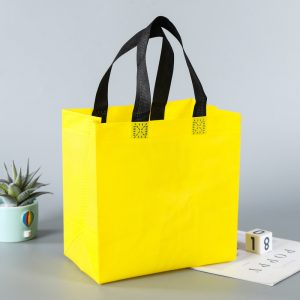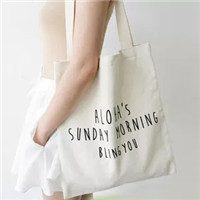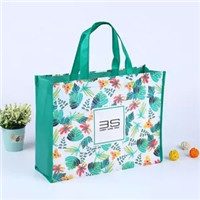Commonly used non-woven bag printing is generally divided into the following types, briefly introduce you:
Silk screen printing: After the design draft is finalized, the three printing processes of film, plate making and exposure stretch must be made for this printing. Many factors, such as the area of screen printing, the number of colors, the number of printing surfaces, the complexity of color registration, the quality of the printing paste, and the sunny or rainy weather, have an impact on the cost price.
Process advantages: process applications are common, the cost is relatively low, and the minimum quantitative limit is small; generally 1000 is enough
Scope of application: the printing content has no gradient or non-color printing; the color registration cannot be too complicated
Film printing: It can print patterns, even the complicated printing can be realized. The cost of printing plate making is high, and the plate making fee is related to the area of the plate and the number of colors; the printing cost is only proportional to the size of the printing area. When the quantity is large and the printing area is large, it is suitable for the peritoneal process.
Process advantage: all patterns can be printed, with a low minimum quantity of 5,000
Scope of application: unlimited.
Machine printing: This printing ink or glue is thinner, and the cost is slightly lower than that of screen printing. Many printing contents are inconvenient to use this process
Process advantage: low printing cost, faster production speed
Scope of application: The printing content has no gradient or non-color printing, and the dark printing effect is better when printing on light-colored fabrics.
Heat transfer printing: This printing can print patterns, there is a plate-making fee and a printing start-up fee, and the printing cost is proportional to the size of the printing area.
Process advantage: All patterns can be printed, and gradual colors or colorful patterns with a smaller area are suitable for this process.
Applicable scope: All patterns can be printed, and the minimum quantity is relatively high, generally 5,000.































